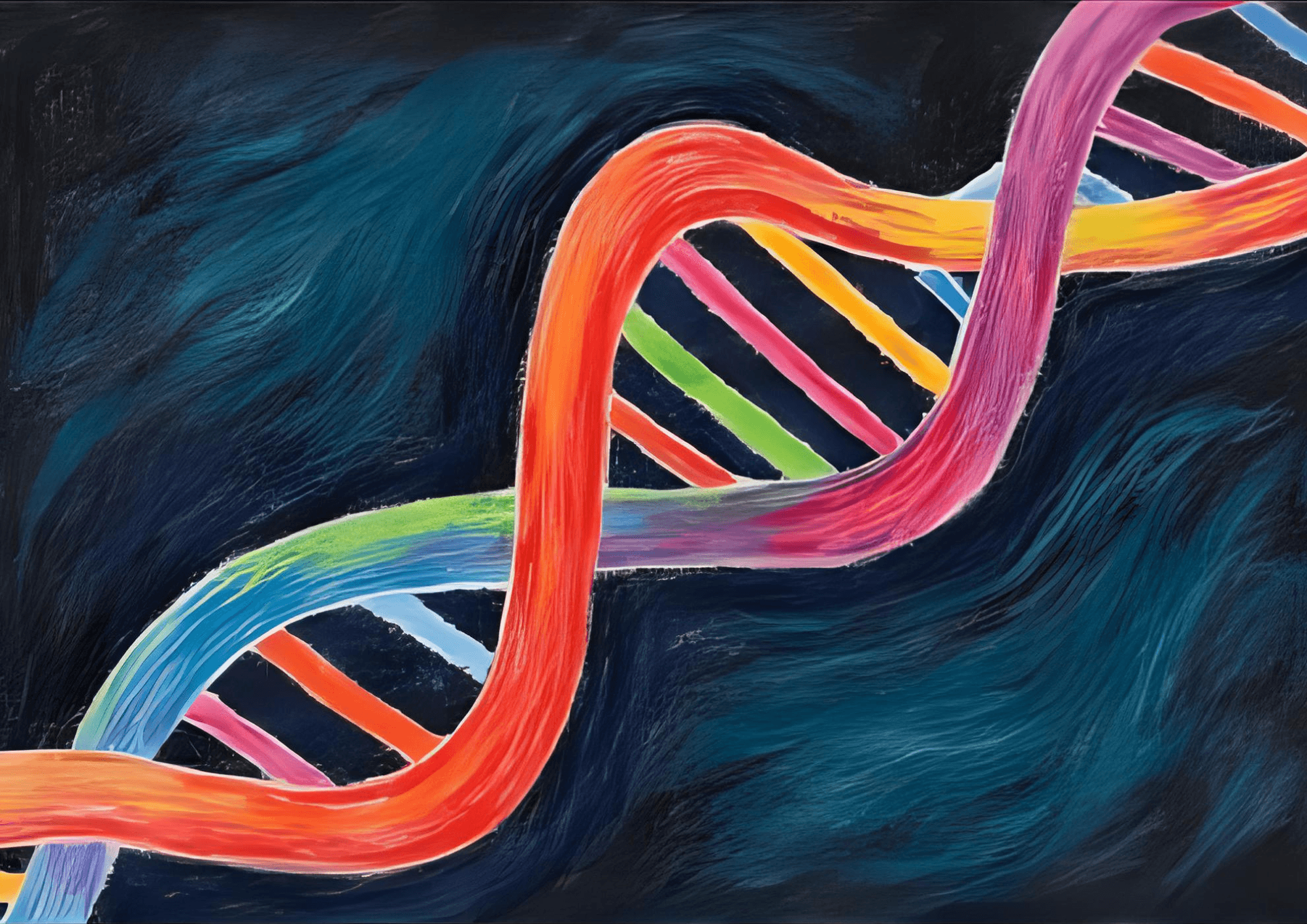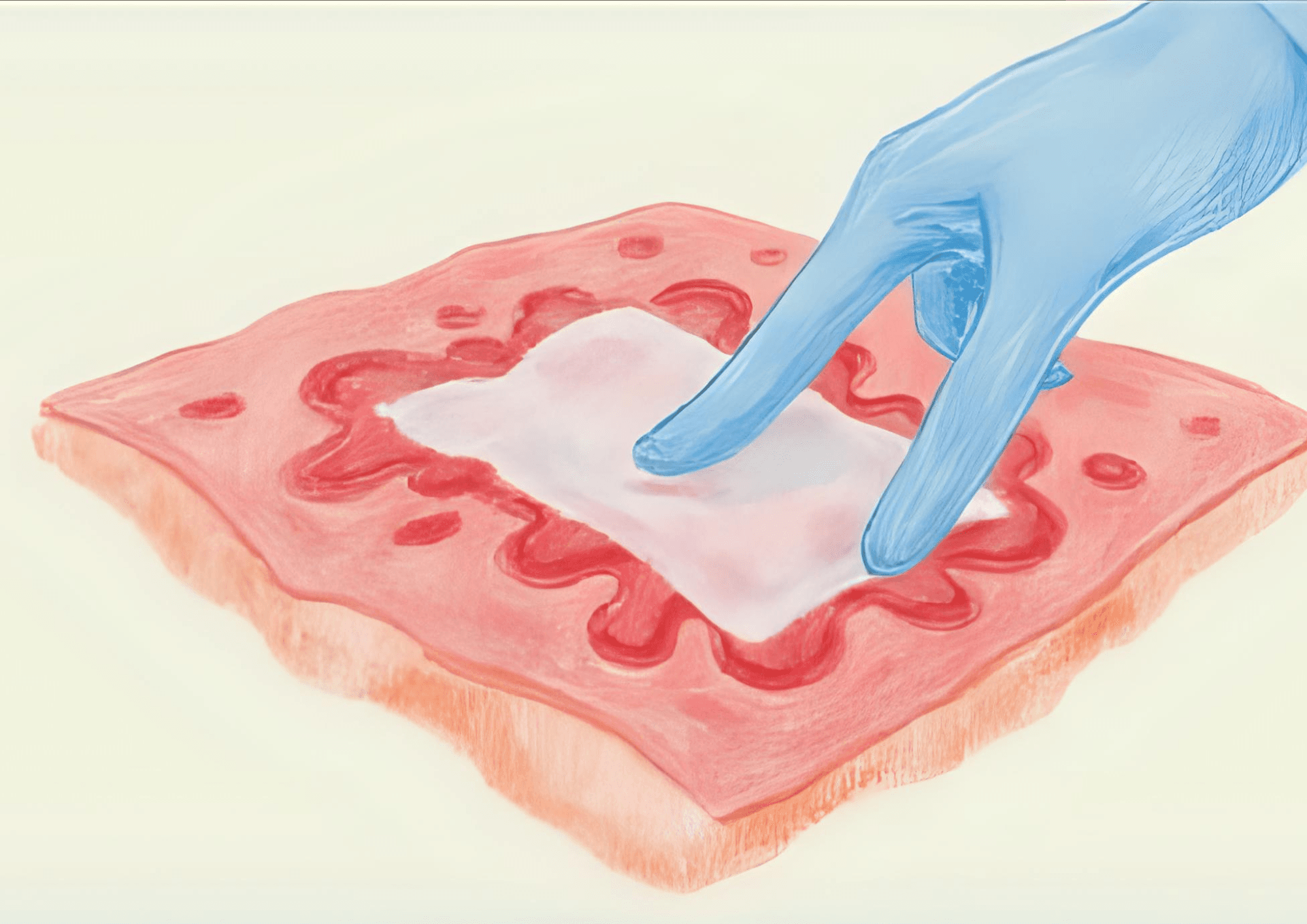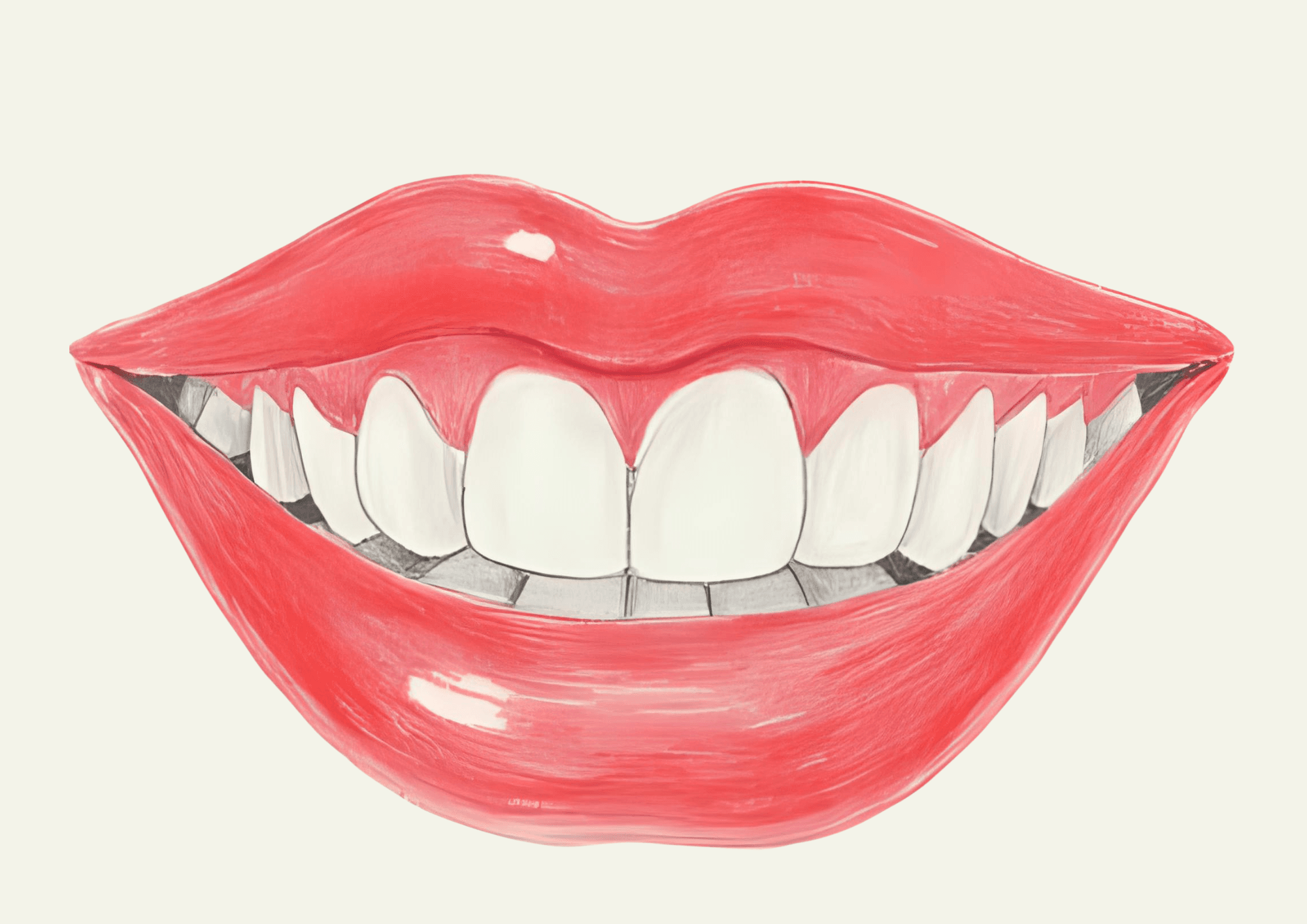12 Jun 2025
8 MIN READ
NAD+: A force within your cells that helps you live longer
Many of us have tea. It is necessary to heat the water to prepare the tea. What does the fire do here? It acts as a catalyst. It speeds up the process.
Likewise, enzymes and coenzymes speed up the reaction in our bodies. They are mainly vitamins or vitamin-based compounds
We have Nicotinamide Adenine Dinucleotide within our bodies. It is found inside our cells. Our cell gets energy and maintain their health using NAD.
NAD is the basic co-enzyme, and NAD+ is the parent. We need respiration, proper brain function, heart health, and metabolism for active living. NAD acts as a multitasker in every function.
We have 500 different mechanisms, and NAD supports them. Its level goes down as we age. From 20 to 80 years, it is reduced by half in our bodies.
What is NAD+?
NAD is a coenzyme that helps several functions in our bodies. It plays a crucial role in cell repair and energy production. This enzyme cannot go through cell walls, so it stays in the cell for 1 to 2 hours.
It is found in two forms.
-
NAD+ is an oxidized version, or it lacks electrons. Electrons have a negative charge. The absence of electrons gives it a positive charge. It combines with hydrogen to produce NADH.
-
NADH is a reduced version. It combines with Hydrogen to share electrons.
-
Both are stable in our bodies.
We are all made of microscopic cells. Each cell has several parts. Mitochondria power each cell. We respire and produce energy for cellular functions using it. It contains the highest percentage of NAD+. It possesses around 40% to 70% of the total NAD+ in the cell.
What NAD+ looks like
NAD looks like a puzzle. It has adenine. It is found in our DNA and RNA. It stores and transmits genetic information. It transfers energy between the cells.
In addition, it has a sugar compound that joins adenines. Nicotinamide is a vitamin B3 or Niacin derivative. Niacin maintains the NAD+ levels in our bodies.
The amorphous powder has no definite structure and quickly reacts with acids and bases. It has fluorescence, it absorbs light, and gives a glow in the dark.
Work of NAD inside cells
Our cells have a cytoplasm. It contains different cell parts.
NAD+ contributes to communication within different regions of the cell.
We have DNA and RNA. When the bond between two DNA strands breaks, it helps to join them together.
RNA capping is done to secure RNA from damage. NAD+ acts as a cover for the RNA and maintains its longevity.
Some other functions are:
-
It works as a coenzyme, an electron carrier, and a moisture absorber.
-
It dissolves in water instantly.
-
It promotes metabolic reactions or digestion.
-
It breaks the blood glucose (Glycolysis) and fats to develop energy.
-
It ensures good communication among our cells.
-
They modify cellular proteins for better translation of messages.
-
It promotes immunity within us to fight against diseases.
-
NAD+ can be a neurotransmitter and send signals within neurons in the brain.
-
It maintains cell health to ensure youth and longevity for each of us.
What does NAD+ do for cell repair?
Our cells have DNA. You face ultraviolet rays, pollution, poisonous materials, or wear and tear. Your cells face them, too.
Your DNA inside the cell is damaged. NAD searches for broken DNA bonds and repairs them.
DNA changes may lead to chronic diseases or aging signs. Thus, NAD+ actively builds you from the foundation to restore your energy.
Sirtuins depend on NAD to regulate biological processes in the cells. Some of their functions are stress management, metabolism, and aging.
When do our NAD+ levels decrease?
Our growing age decreases NAD levels in our bodies.. Hence, the cell repair and maintenance slow down.
Many of us face chronic diseases. Our energy levels drop as we grow older. Thus, the NAD+ levels decline in our bodies.
Its level normally decreases after 20. Plus, accidents, inflammations, respiratory diseases, and stress may lower the NAD+ concentration in our cells.
In 2020, some human liver samples were tested for their NAD+ amounts. People above 60 years had a 30% decline and 14% in the cerebrospinal fluid that moisturizes the brain and the spinal cord.
Well-known benefits of NAD+
NAD+ has several benefits, starting from birth to death. It fights numerous disorders that occur in our bodies. It works as:
-
Energy booster
-
Anti-inflammatory
-
Anti-aging
-
Maintains brain health
-
Pain manager
-
It reduces cravings for alcohol and illegal drugs
-
Weight manager
-
Maintains metabolism
Which supplements should we use to balance their levels in our bodies?
Various supplements are available to restore the NAD+ amount in our bodies. The dosage ranges between 100 mg to 1000 mg daily. Their charges range between $50 to $100. NAD+ and NAD+ combinations are readily available. The brands are:
-
Force Factor
-
Thinbi
-
RENUE
-
LIPOSOMAL
-
THORNE
These supplements help to
-
reduce blood pressure
-
muscle stiffness
-
relaxes the arteries in your heart
-
Protect blood vessels, like arteries, veins, and capillaries
-
Lowers cholesterol levels in the blood
-
Supports liver health
-
Minimizes cardiovascular diseases
-
Chronic Fatigue Syndrome
However, the effective method to introduce NAD+ into our bloodstream is through intravenous injections or a drip by a healthcare professional. The body absorbs the enzyme rapidly and the reactions are visible within a few hours.
What emerging trends are seen for NAD+?
Science and researchers move forward to discover more about Nicotinamide adenine dinucleotide. The research goes in three categories:
-
A direct target drug
-
To restructure the functions that depend on it
-
To regenerate it within our cells naturally
This way, we would stay healthy throughout our lives. Moreover, it works as a base for reactions that reverse aging signs. Some of the recent findings are:
-
Nicoitinamide has two current versions as Mononucleotide and Riboside. They are derived from NAD. These work similarly to NAD+ for slowing aging and cell development.
-
NAD+ can activate sirtuins that help extend our lives. It may be helpful to improve health and age-related diseases.
-
It keeps our brain young and limits brain cell degeneration. Thus, it keeps us away from memory issues or brain disorders.
-
It enhances glycolysis, which cancer uses to grow. Thus, a modification in them may limit the cancer growth.
-
It may be used to treat tuberculosis. NADH combines with the enzymes inside the bacteria, Mycobacterium tuberculosis. It destroys them to find a cure for the disease.
-
Ischemia/reperfusion injury of the heart means that the blood flow to the heart muscles improves heart health. If the injury occurs, the blood flow damages the heart muscles. NAD+ can protect your heart from this injury.
-
Sirtuins are immune supporters. NAD+ protects the immune cells from swelling or irritation. Thus, it helps to adapt them to fight against infections and diseases.
Summing it up
NAD+ is a friendly coenzyme that supports your cell growth, brain development, heart health, and opposes aging signs. Ongoing studies show its potential to combat cancer, cardiovascular diseases, immunity issues, brain disorders, and maintain metabolism. It is better to care for our health at present than to repent later. Invest some moments in yourself, and innovations are here to support you.



